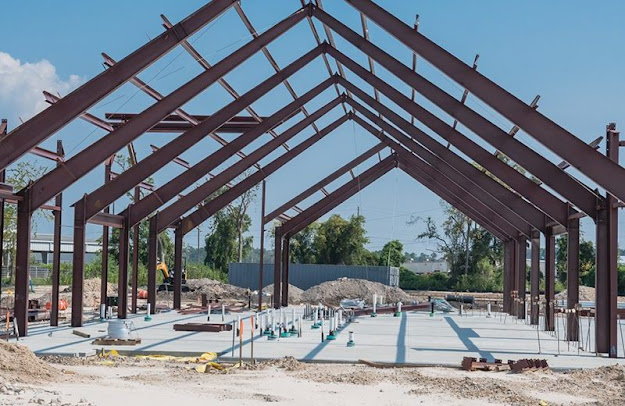From construction security measures to effective project scheduling, every part of running a successful construction site comes down to one big thing: good communication. In the fast-paced and sometimes risky world of construction, being able to share info clearly, quickly, and thoroughly isn’t just a nice bonus—it’s crucial. It’s what keeps everyone on the same page, working together smoothly, and making sure jobs get done right and safe.
So here are 5 communication tips for effective construction site management.
Structured Daily Briefings
Daily briefings are crucial for setting the tone, getting everyone on the same page, and keeping safety a top priority.
Start each day with a briefing where you lay out what’s happening, any safety updates, and who’s doing what. Keep it short but cover all bases so everyone’s clear on the plan for the day.
For example, imagine kicking off each morning on-site with a quick meet-up led by the boss or supervisor. They go over what was achieved the day before, outline the goals for today, discuss any safety concerns, and divide up tasks among teams. This proactive approach ensures everyone starts their day informed and ready to roll.
Utilization of Technology for Real-Time Updates
Technology lets you stay in the loop instantly, make better decisions, and keep the project running like a well-oiled machine.
Get on board with project management apps or software that allow real-time updates, messaging, and file sharing among your crew. Make sure everyone’s set up and knows how to use them effectively.
For example, picture this: a construction crew using an app to update progress, flag issues with photos, and ping the boss or other teams instantly. If there’s a hiccup like a material shortage, the foreman snaps a pic, shoots it over through the app, and coordinates the fix with the right people. It’s a game-changer for keeping everyone informed and projects on track.
Implementation of Visual Communication Tools
Visual aids simplify the complex, bridge language gaps, and make sure everyone’s on the same page with safety and procedures.
You want to use diagrams, charts, 3D models, maps, and signs posted around the site to show project plans, safety rules, danger zones, and emergency routes. Keep them clear, simple, and visible for all your crew.
For example, think about a site where safety rules are spelled out with clear diagrams and posters placed where everyone can see them—by the gear, near equipment, and in break areas. These visuals not only show what PPE to wear or where to go in an emergency but also give step-by-step guides for tricky jobs. It keeps safety standards high and accidents low.
Promotion of Open Dialogue and Feedback Loops
Encouraging open talk lets your team share ideas, solve problems together, and always improve.
Set up regular chats like team meetings or suggestion boxes where everyone can pitch in with thoughts, concerns, or ways to do things better.
Imagine having weekly talks where your crew can bring up issues they’ve spotted, suggest tweaks, or even share solutions. For example, a worker noticing a better way to organize materials could save time and cut waste. Listening up and acting on these ideas shows you value their know-how and boosts morale and productivity.
Clarity in Roles, Responsibilities, and Expectations
Clear job descriptions keep confusion at bay, cut down on mistakes, and make sure everyone knows what’s expected.
You want to lay out roles, tasks, deadlines, and quality standards clearly in contracts, job plans, and team charts. Make sure every player understands their part in getting the job done right.
In a project, each subcontractor gets a clear job description that spells out what they’re responsible for, key milestones, and when things need to be done. It keeps everyone on the same page and working together smoothly. For example, a plumber knowing exactly when to install pipes can coordinate with electricians and carpenters, sidestepping clashes and getting the job done on time.
So, to wrap it up, effective communication is absolutely crucial for running a smooth construction site. When you want to set up structured daily briefings, utilize technology for real-time updates, leverage visual tools, promote open dialogue, and ensure clarity in roles, you’re not just keeping things organized—you’re making sure everyone knows what’s happening and feels valued in the process. By focusing on these strategies, construction managers really set the stage for efficient operations and successful project outcomes. It’s all about creating a collaborative environment where everyone can do their best work and projects can stay on track, on time, and within budget.




Share your thoughts